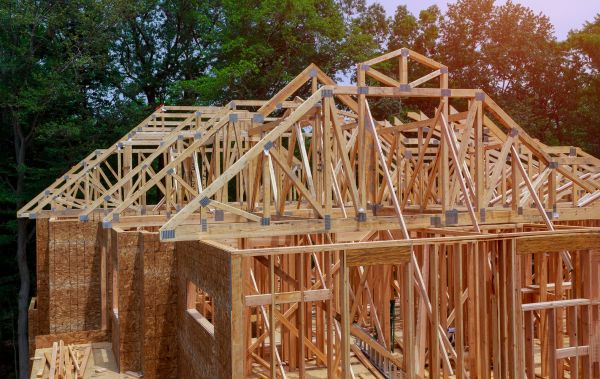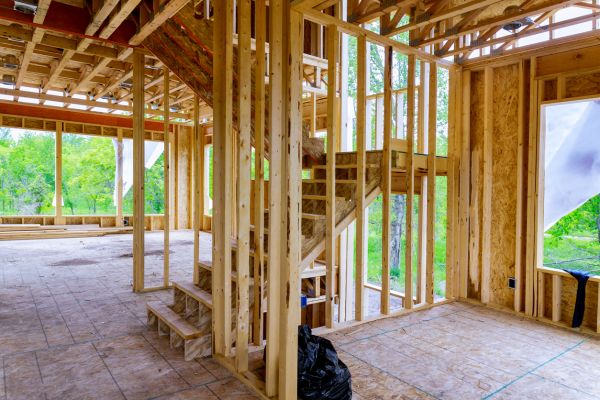Residential Framing Service
Affordable Residential Framing
Residential framing is a critical component of home construction, providing the essential structural support that shapes and stabilizes a building. It involves assembling the skeleton of the house, using materials like wood or steel to create the framework for walls, floors, and roofs. This process is vital as it ensures the durability and safety of the home, allowing it to withstand various environmental factors over time. Proper residential framing also sets the stage for other construction phases, such as electrical, plumbing, and insulation work, ensuring that the finished home is both functional and aesthetically pleasing.
Benefits of Residential Framing
-
Structural Integrity
Residential framing lays the groundwork for a home's strength and stability. By using high-quality materials and precise construction techniques, framing ensures that the building can endure external pressures such as wind, rain, and seismic activity. A well-framed house is less likely to suffer from structural issues, providing peace of mind to homeowners. -
Design Flexibility
Framing allows for significant flexibility in home design, enabling architects and builders to create a wide variety of layouts and styles. Whether you envision an open-concept living area or a traditional room layout, proper framing can accommodate your design preferences while maintaining the structural soundness of the home. -
Energy Efficiency
When done correctly, residential framing can contribute to a home's energy efficiency. By providing a solid base for insulation and ensuring that walls and roofs are properly aligned, framing helps in minimizing air leaks and maintaining a consistent indoor temperature. This can lead to lower energy bills and a reduced environmental footprint. -
Speed of Construction
Residential framing is a relatively quick process, especially when compared to other stages of home building. Efficient framing techniques can significantly reduce the overall construction timeline, allowing homeowners to move into their new homes sooner. This efficiency also helps in reducing labor costs and potential delays.
FAQs About Residential Framing
What materials are commonly used in residential framing?
Wood is the most common material used for residential framing due to its cost-effectiveness and ease of use. However, steel is also used in some instances for its strength and durability.
How long does the framing process take?
The duration of the framing process can vary depending on the size and complexity of the home, but it typically takes a few weeks to complete.
Can I make changes to my home's layout after framing is complete?
While some modifications can be made after framing, significant changes may require additional work and could affect the overall timeline and cost of the project.
What is the role of a framer in the construction process?
A framer is responsible for assembling the structural framework of a house. This includes constructing walls, floors, and roof trusses, ensuring that everything is level, plumb, and square.
Fill out the contact form today to request professional Residential Framing services. Experience the benefits of enhanced structural integrity, design flexibility, energy efficiency, and faster construction times.




